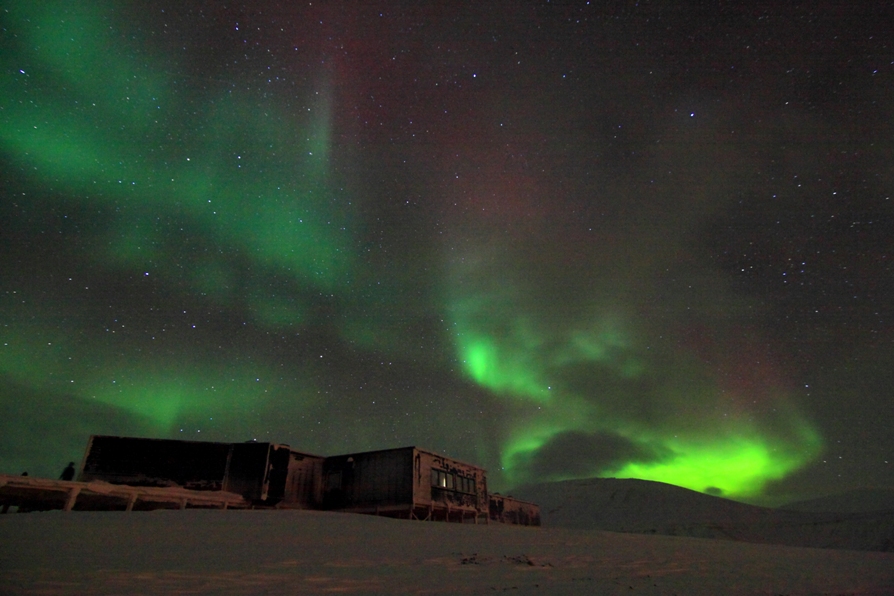Intense Solar Flare May Supercharge Northern Lights

A solar flare that erupted on the sun this week could intensify the northern lights Thursday and Friday (Jan. 9 and 10), and perhaps bring dazzling auroras as far south as Seattle, Chicago and Boston, space weather officials say.
The sun unleashed an X1.2-class flare on Tuesday (Jan. 7), its first major solar flare of 2014, according to NASA. The X-class is reserved for the most intense flares and the effects of this solar storm are expected to hit Earth Thursday.
When pointed directly at our planet, solar flares can pose a threat to satellites, communications systems and astronauts in orbit; Tuesday's X1.2 flare even prompted NASA to delay the launch of a private cargo mission to the International Space Station. But the intense space weather also could have the more benign effect of supercharging the auroras in northern climes. [Northern Lights: Amazing Aurora Photos of 2013]
Weather permitting, exceptional auroras will likely dance over a large swathe of Alaska and Canada, according to a forecast from the Geophysical Institute of the University of Alaska Fairbanks. The group also predicted that the northern lights might even be spotted low on the horizon in cities in the continental United States as far south as Seattle, Des Moines, Chicago, Cleveland and Boston. In the United Kingdom, residents of Scotland, the far north of England and Northern Ireland may also be treated to the skywatching spectacle, according to the British Geological Survey.
Colorful auroras are produced when charged particles bombarding our planet's atmosphere travel through the lines of Earth's magnetic shield and excite ions of oxygen and nitrogen. The particles are inevitably drawn toward the magnetic north and south poles, which is why auroras are more commonly spotted near the poles.
But auroras can expand outside of their typical realm during a geomagnetic storm, in which strong electric currents flow high in the atmosphere. The U.S. Space Weather Prediction Center expects that geomagnetic storms are likely as a coronal mass ejection, or CME, associated with the flare reaches our planet in the days ahead.
The sun goes through 11-year cycles and is now in an active phase of Solar Cycle 24, which began in 2008. The biggest solar flare unleashed in recent months was an X3.3-class flare that erupted from the sun on Nov. 5, 2013. The event stimulated some impressive auroral displays, as these time-lapse videos of the northern lights from Sweden show.
Get the world’s most fascinating discoveries delivered straight to your inbox.
Editor's note: If you take a photo of the auroras you'd like to share for a possible story or image gallery, please contact SPACE.com managing editor Tariq Malik at spacephotos@space.com.
Follow Megan Gannon on Twitter and Google+. Follow us @livescience, Facebook & Google+. Original article on LiveScience.

